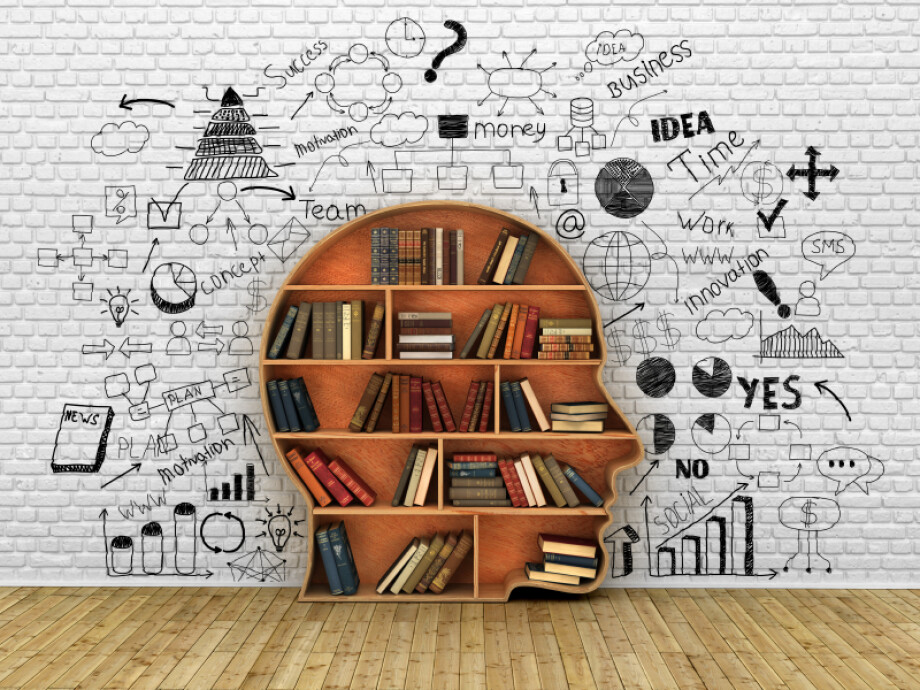Learning strategies are defined as behaviors and thoughts in which a learner engages. The principal aim of any learning strategy is to affect the way in which the learner makes choices, acquires, organizes or integrates new knowledge. The main goal of the teacher in the ESL classroom is not merely about teaching new things to the students, but also teaching them how to learn, remember, think and motivate themselves. Weinster and Mayer describe learning strategies as including mental and physical processes, which are consciously controlled and selected by the learner to overcome challenging tasks. When the learner consciously chooses strategies that fit his or her learning style and the L2 task at hand, these strategies become a useful toolkit for active, conscious, and purposeful self regulation of learning. Learning strategies can be classified into six groups: cognitive, metacognitive, memory-related, compensatory, affective, and social. In this article we are going to reveal the topic of metacognitive learning strategies and provide with some tips that can be applied in the ESL classroom.
What is metacognition?
To give the precise definition of metacognition, let’s first understand what cognition means. The latter is what happens in your mind when you are thinking. It is the mental processes involved in gaining knowledge and comprehension. These processes are thinking, knowing, remembering, judging, and problem-solving. As far as metacognition is concerned, it is thinking about thinking, being aware of the processes going on in your head. The term metacognition was given by American developmental psychologist John H. Flavell (1976). Learners need metacognitive strategies to reflect on and identify their abilities and approaches to learning.
The benefits of metacognition
— Metacognitive practices encourage learners to monitor their own progress and control the learning procedure while reading, writing, and solving problems in the ESL classroom.
— Metacognitive practices turn out to improve academic achievement across a range of ages, cognitive abilities, and learning domains. This includes reading, text comprehension, writing, reasoning, problem solving, and memory.
— Metacognitive skills help students to transfer what they have learnt from this material to the next and vice versa.
How to use metacognitive strategies in the ESL?
— Encourage your students to plan strategies and think about how to monitor their progress towards achieving their goals.
— Include working with pairs or in groups in the classroom. After completing the tasks, ask your children to evaluate their own work and the work of the group, and reflect on their learning.
— Apply self-assessment in your classroom to improve metacognitive skills. Learners can assess the quality of their work, how successful they were during a task, which strategies they used or did not use, which one they found the most useful, or what they might do in future. While doing self — evaluation, ask them to take into consideration their learning goals as well.
— Allow your students to choose the level of difficulty of certain tasks thus promoting their autonomy. Try not to give direct clues, instead hint at answers. In this way you will get them to think for themselves and make their own decisions.
How do you apply metacognitive strategies in your classroom?







 Маргарита Аветисян
Маргарита Аветисян 


